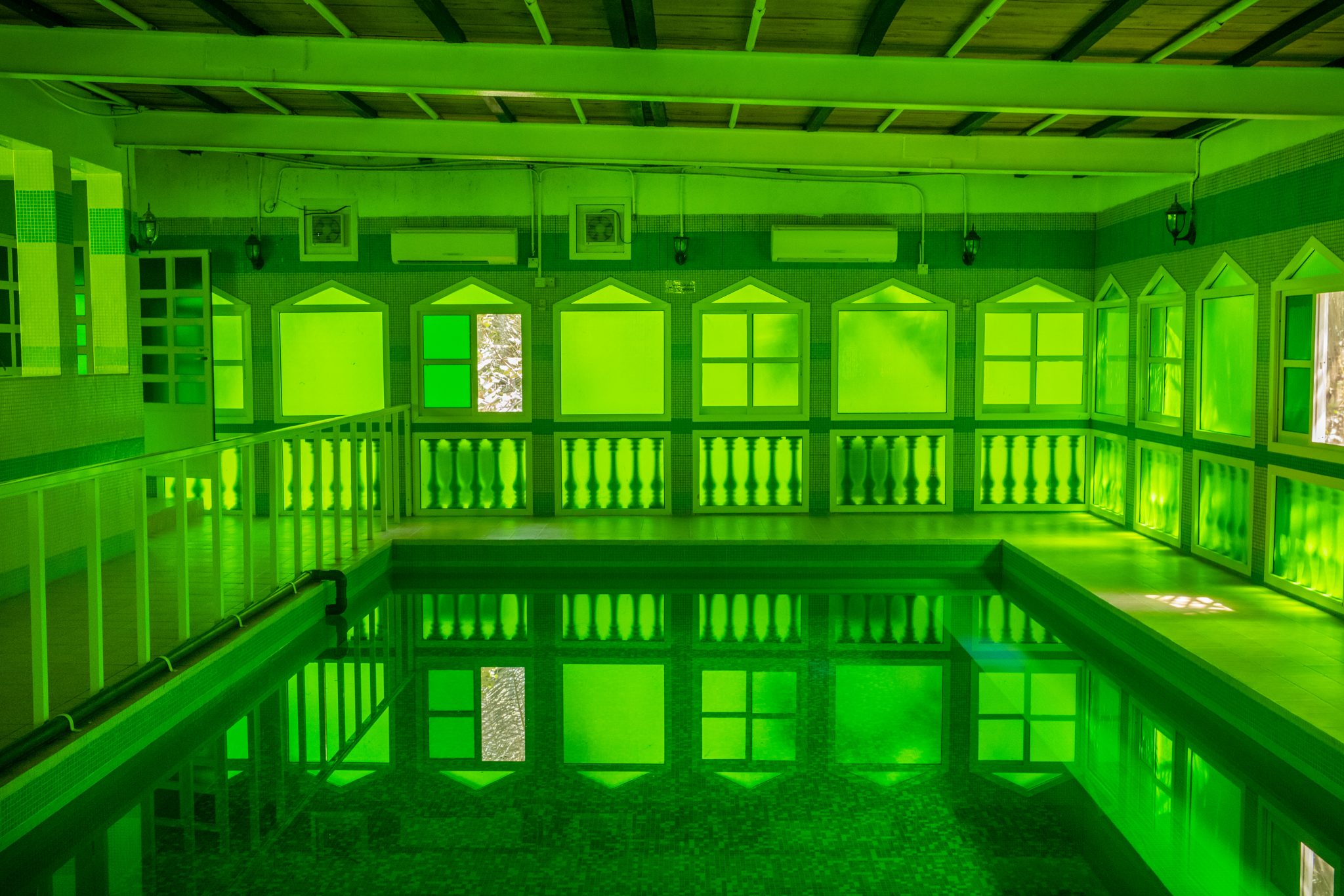From Shezad Dawood in Brussels to Keith Haring in Los Angeles, our editors on the exhibitions around the world to catch this month
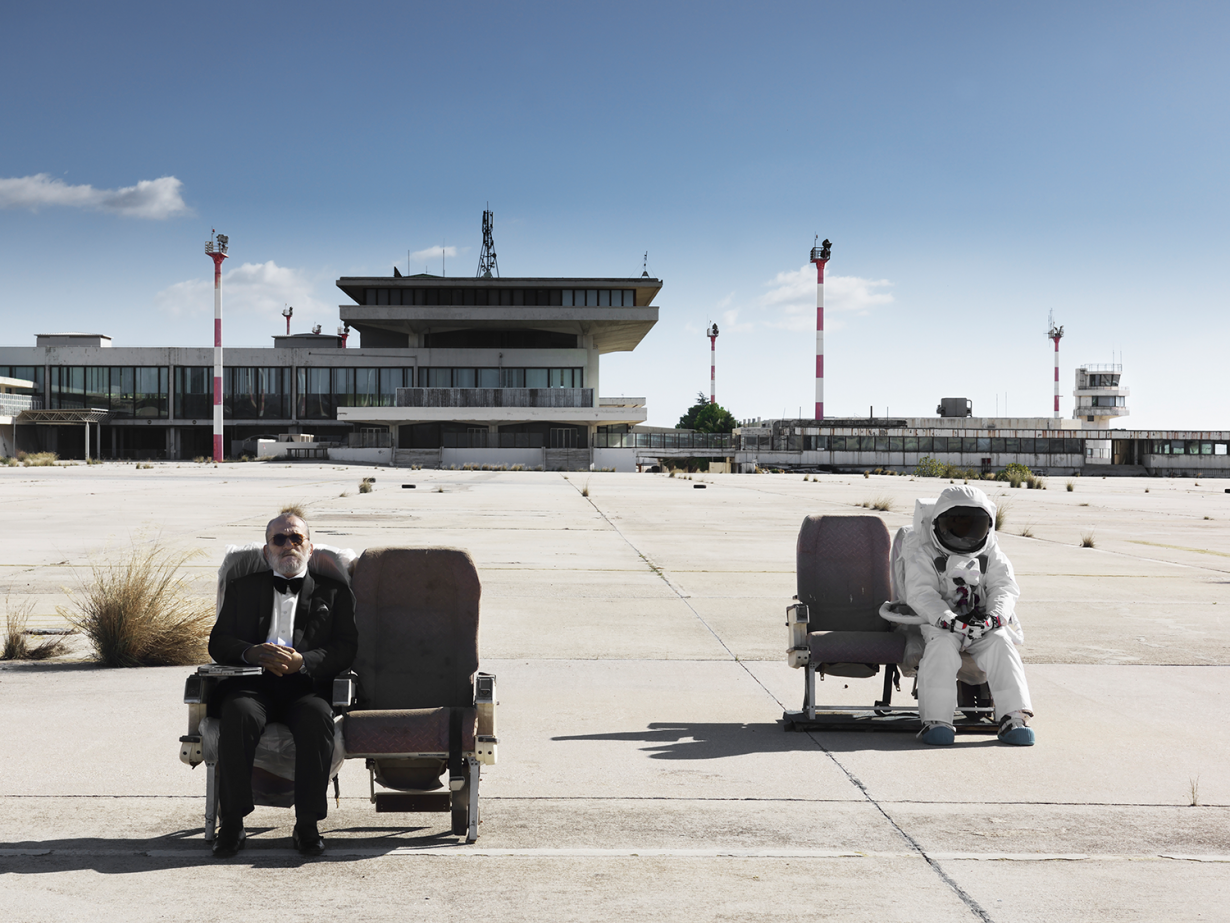
John Akomfrah
Lisson Gallery, Beijing, 27 May – 14 October
John Akomfrah’s first solo show in China makes a point of presenting an older work that itself reflects on time, the breakdown of societies, migration and a long view of history. The Airport was made in 2016, premiering in Greece, making elliptical reference to the Greek economic crisis. Following a mysterious astronaut who wanders the desolate vicinity of an abandoned airport, encountering characters from Greece’s past, seemingly stuck in time, The Airport’s arrested, fragmented world evokes a sense of crisis about modernity and the promise of progress – and a Western-centric twentieth century fading away. J.J. Charlesworth
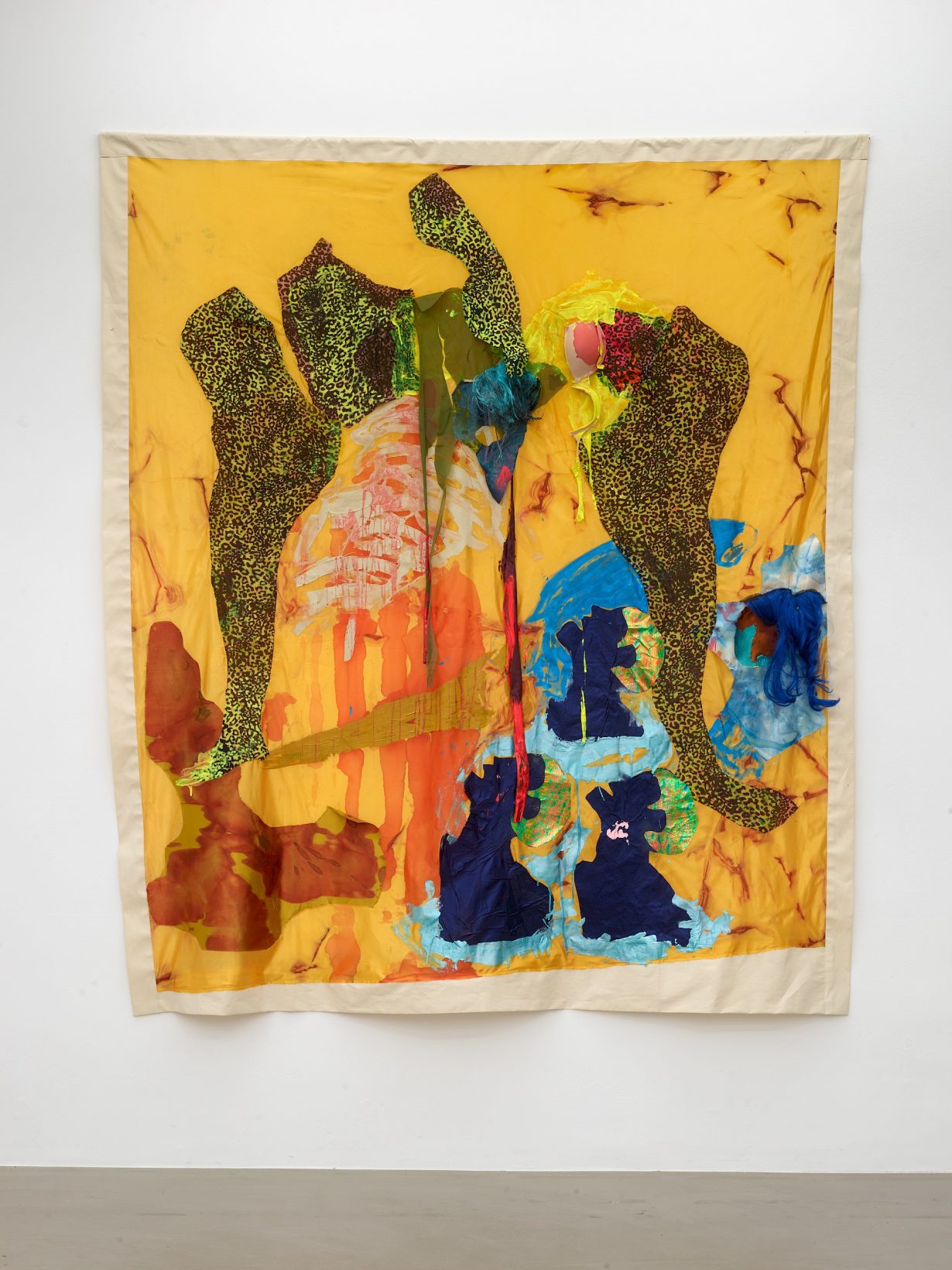
Kresiah Mukwazhi: Kirawa
Nottingham Contemporary, 27 May – 3 Sep
Kresiah Mukwazhi is best known for works that address gender-based violence and female exploitation in Zimbabwe. Her works have engaged with women sex workers in Harare, which look to find visual ways of allowing them to ‘reclaim integrity’, and include a series of collage-textile works made in 2020, in which the artist incorporated materials and fabrics found at flea markets that ‘recall the seedier bars and nightclubs’ of the capital city (lingerie, neon wigs, animal print fabrics and clothing etc). At Nottingham Contemporary, Mukwazhi will present a new series of commissioned works, under the exhibition title Kirawa (‘call’ in Shona), and which will explore the ‘loss of the matriarchal system in African societies’, via the Christian colonisation of Zimbabwe. For Mukwazhi, Kirawa is ‘a place of sacred resistance, where I expose and push back against this colonisation and socio-political issues forcing women into precarious labour, aiming at reclaiming the sacred power that women are destined to have. The female body, therefore, becomes a site of resistance and a site to question power relations.’ Fi Churchman
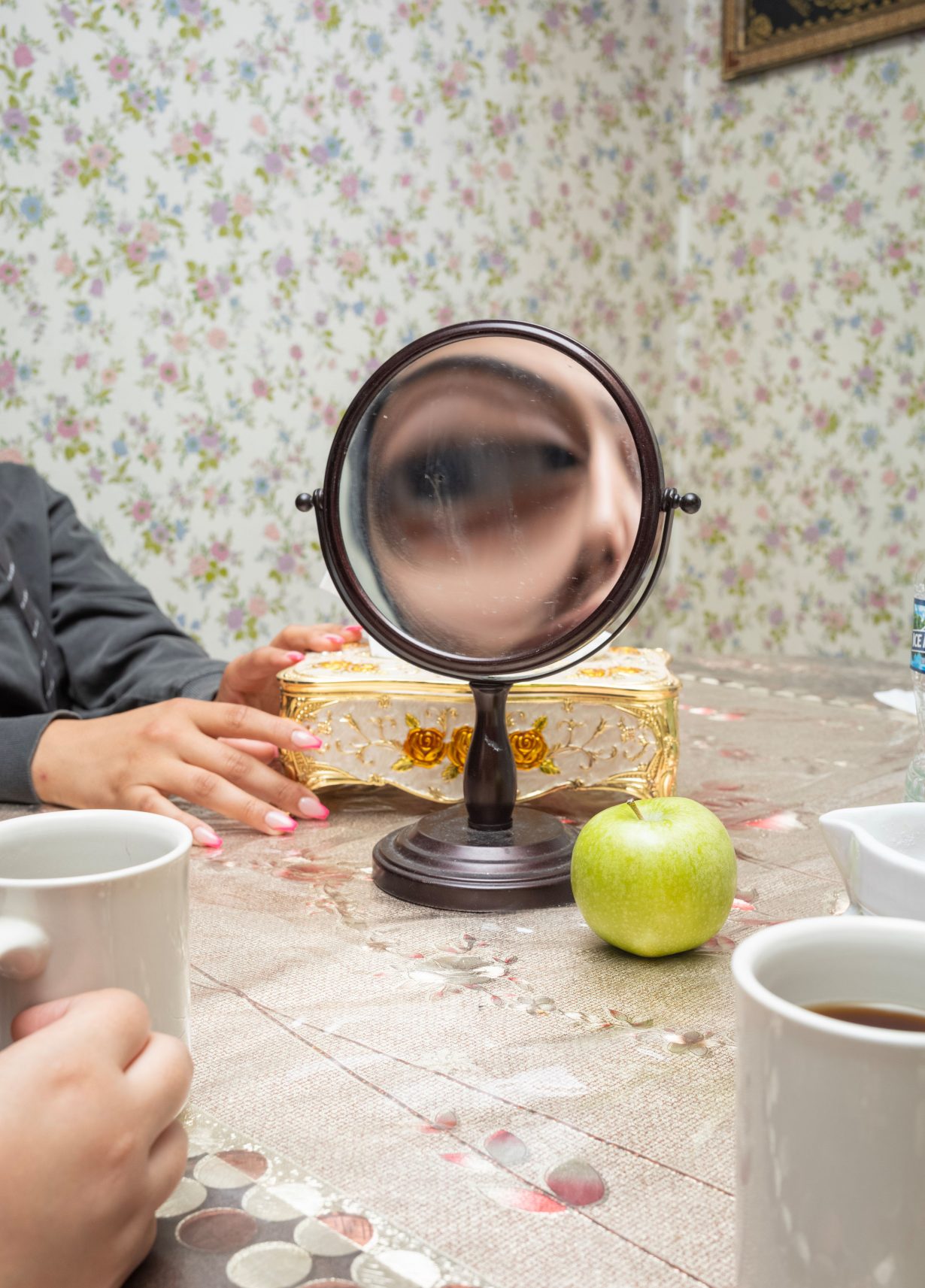
Farah Al Qasimi: Poltergeist
CO Berlin, 13 May – 17 September
‘Ghosts make me feel more comfortable’, Farah Al Qasimi once told ArtReview. And you’ll find them everywhere in her new show at C/O Berlin, where the US-based Emirati artist’s photographs and video work take their aesthetic lead from the domestic horror films of the 1970s and 80s. A hand reaches out, or trails behind a figure reflected in a kaleidoscopic glassy pane; a character’s eye appears warped in the convex plate of a swivel cosmetic mirror, centred in a domiciliary scene; the patterned textile of a sofa bears the impression of a face, as if a spectral presence is simultaneously pressed into and emerging from the surface. Prior critiques of contemporary consumerist culture take something of a backseat here, but remain in the lavish and often sugary colour palette of her works. Coming from a culture in the Emirates that places great emphasis on the private space, Al Qasami looks to pull us across the threshold: into the home, and what haunts it. Alexander Leissle
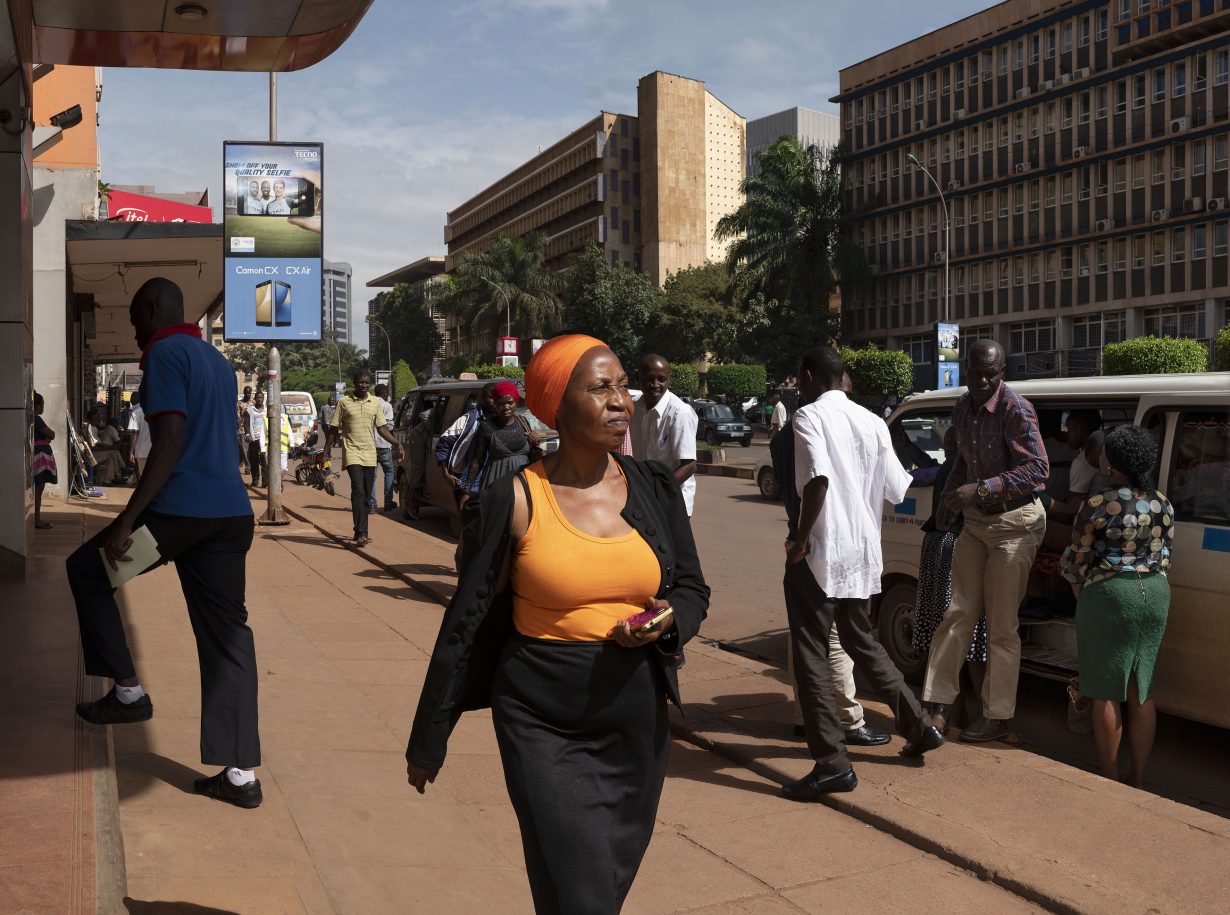
Guy Tillim: The Street That You’re On, the Same One You Know
Stevenson, Johannesburg, 13 May – 24 June
There is a cinematic quality to the photographs of Guy Tillim, of people coming and going within the frame of the image, each one a reminder of the lives that remain ongoing beyond the camera shutter’s click. The South African photographer made a name for himself with his large-format street scenes, which don’t just evoke the cities that he finds himself within but immerse his viewers in the daily life of their locales. His latest Johannesburg exhibition features images from urban spaces spanning Accra, Dakar, Maputo, Cagliari, Harare, Dar Es Salaam, Berlin, Beijing and São Paulo, dating from 2007 to 2022. Scenes from Kampala and Harare are infused with the harsh midday sun, which bounces off the surfaces of the surrounding buildings and lends them a vivid colour palette, the shadows condensed and the contrast turned up. Tillim melds the spontaneity and careful eye of the street photographer with the precision of an artist who is deeply attuned to the stories contained within the built environment. He knows well how architecture is used in the construction of power: how a city is layered with the markers of political and social change, flowing together in an ever-moving current of which each photograph provides only a brief snapshot. Louise Benson

Paraphrase Pt I
A+ WORKS of ART, Kuala Lumpur, 6 – 27 May
The premise of Paraphrase Pt I seems lazy. They say ‘this exhibition – as paraphrase – celebrates the opportunity for re-viewing, with the potential turns that emerge out of their display… with fresh companions’, but all it’s actually doing is bringing together in one location works by artists they’ve already worked with. They’re placing the curatorial onus on the viewer, but isn’t the gallery supposed to come up with the framework? Anyway: I quite like the artists who are included so I’d probably recommend going regardless. Alvin Lau’s photography flits between life and death; Isola Tong looks into the entanglements between history and environment; Tan Zi Hao’s interdisciplinary practice presents clever inquiries into language and creepy crawlies. There’s also Chong Kim Chiew, Izat Arif, Kentaro Hiroki, Mary Pakinee, Pangrok Sulap, Phuan Thai Meng, Ugo Untoro and 0. I’m sure the works will be worth seeing, but if you manage to make it over would you let me know what they have in common? Marv Recinto
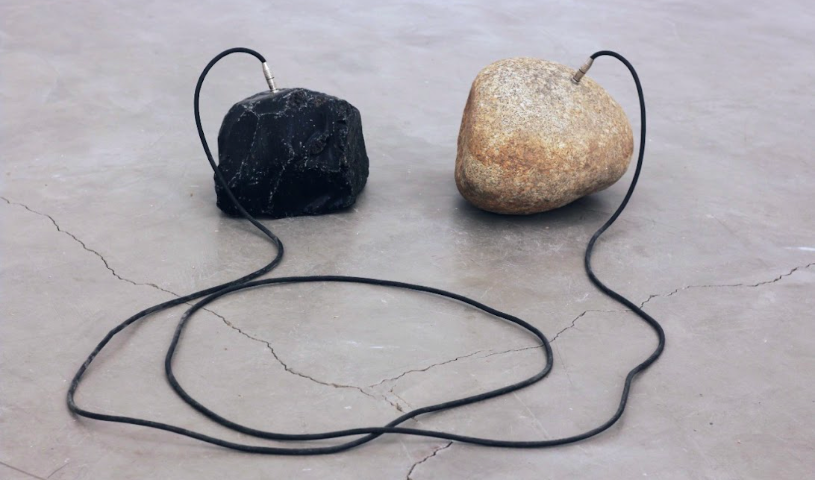
Liga Pontos
Tropigalpão, Rio de Janeiro, through 13 May
Centring around the first showing of the Indian tantric painter Acharya Vyakul in Brazil, comes this group exhibition of 14 otherwise mostly local artists. Vyakul’s yantra-style paintings – geometrical diagrams used in tantric rituals – first came to western attention when poet Franck André Jamme included them in a group of works he presented at the 1989 Centre Pompidou exhibition Magiciens de la Terre. Though primarily using watercolour, like the pink snake-like work shown here, Vyakul (who also assembled one of the best-regarded private museums of folk and tantric art in India) was wont to include plants, cow’s urine, clay, coal and flowers in his material list. Placing his work in an entirely new geographic and cultural context, curator Julie Dumont explores a rich seam in contemporary Brazilian culture which revels in a nonetheless similar meeting of earthy sensuality with sexuality and spirituality. These range Rodrigo Garcia Dutra’s meditative Colours and Rays (2023), a triptych of oil-painted circles and triangles, and Flora Rebollo’s Arte Povera-like sculpture of cigarette butts, aluminium balls and wire, to Daniel Abuquerque’s riff on attention and dematerialisation in the knitted installation Untitled (flatscreen #4) (2023). Oliver Basciano

Larry Achiampong: And I saw a new Heaven
Copperfield, London, 4 May – 17 June
It’s a busy year for Larry Achiampong, with forthcoming exhibitions at Gateshead’s BALTIC Centre for Contemporary Art and (alongside David Blandy) at London’s Wellcome Collection. Kicking off the trilogy is And I saw a new Heaven, which promises to pit the historical burdens of christian iconography and racial politics against the burgeoning creative world of videogames. Pitch-black circles with pop-red lips replace, or overlay, Jesus’s haloed head, dominating collage posters of cheap church-leaflet imagery and psalmic quotations, while a series of stations around the space present opportunities for play in games like Bayonetta 2, The Binding of Isaac and Blasphemous (all have a loose connection to the bible, or were made in rejection of its stories). Concepts of ‘high’ and ‘low’ culture are destabilised, the former being undercut by the latter’s recent emergence as a serious creative tool for contemporary artists. Though neither, historically, have represented the societies they exist in as much else than white and heteronormative – something Achiampong seeks to address. Alexander Leissle
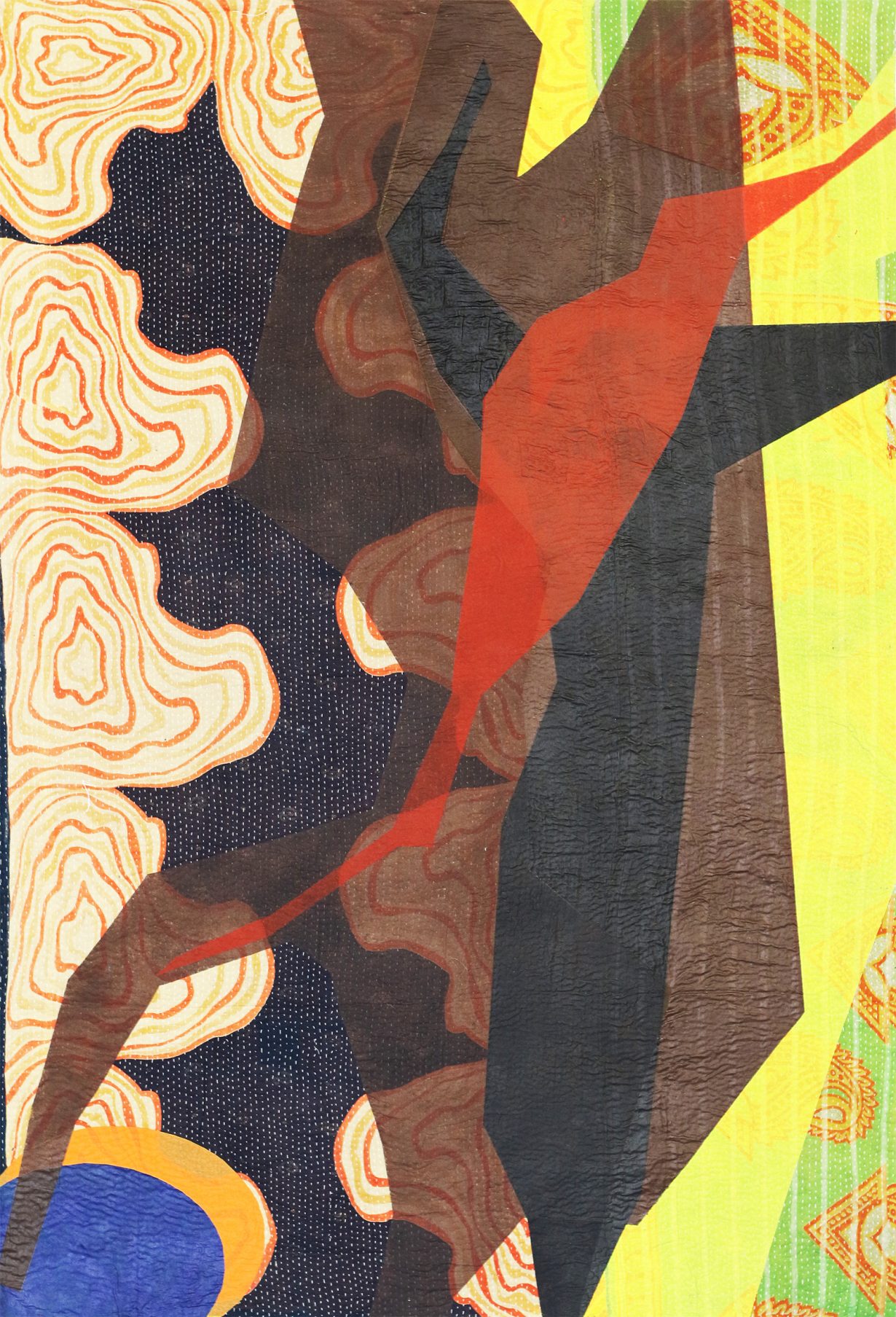
Courtesy the artist and Jhaveri Contemporary, Mumbai
Shezad Dawood: Night in the Garden of Love: Inspired by & featuring Yusef Lateef
Wiels Contemporary Art Centre, Brussels, 18 May – 13 August
London-based multimedia artist Shezad Dawood, many of whose works explore the slippages and losses of translation, has for some time been exploring the social and political implications of musical events. His mixed-reality Concert from Bangladesh (2021) looked at the legacy of Ravi Shankar and George Harrison’s 1971 charity concert in the aftermath of the Bangladesh Liberation War. At Wiels it’s the turn of the music and writings of American jazz musician Yusef Lateef (the exhibition title comes from one of Lateef’s sci-fi novellas), who was born William Emanuel Huddleston, converted to Islam in 1950, by the 1980s had started to refuse to perform in places in which alcohol was served and by the time of his death, in 2013, was widely celebrated as one of the pioneers of ‘world music’ via his mastery of musical instruments from both the East and the West. Working with some of Lateef ’s former collaborators, Dawood frames his new work as an ‘emerging score’ born of his research into the musician’s life and work (expressed in the form of textile works), this research turned into ‘digital seedbanks’ that morph into digital plantforms, eventually ending up as a multichannel AV work. The whole thing, then, promises to be as complex as any jazz pattern. Nirmala Devi

Shen Wei: A Season Particular
Flowers, London, 5 May – 3 June
Using plants to intimate human bodies and evoke desires is nothing new: think Robert Mapplethorpe’s sensuous still lives and Zheng Bo’s ecoqueer performances in Taiwan’s forests. Yet New York-based Chinese-American photographer Shen Wei’s photographs present a different sentiment, sitting in between aesthetic contemplations and urban discoveries. In the series Between Blossoms, Shen depicts urban and natural landscapes with a stealthy melodrama. Nature in his dark, quiet and sluggish scenes are often metonyms of suppressed desires that disrupt the monotony of an industrial world. I Miss You Already features his naked body against the textures of plants, rocks and architectural ruins, zoomed-in on the sensations of touch and the locations of erotism. While plants and the human subjects have conversed throughout Shen’s works, his presentation at Flowers Gallery will segregate the two in juxtaposing frames. Yuwen Jiang

Keith Haring: Art Is for Everybody
The Broad, Los Angeles, 27 May – 8 October
A Gen-Z TikToker appeared on my FYP the other day to tell me that ‘only hot girls are obsessed with keith haring’ as she showed off her Haring tattoo. Let me explain for the oldies that you don’t actually need to be a hot girl to be a hot girl (though you may very well be). Being a hot girl is more about vibes than looks, and Haring is a big vibe these days. In part, because his trademark visual language seems to grace bodies and consumer objects as part of the youth’s cool iykyk aesthetic. While this exhibition, Keith Haring: Art is for Everybody, will provide some sort of relief in finally being able to see the original artworks from which the plethora of merchandise in his name is derived, it will more importantly – I hope – invoke Haring’s innovation against the establishment, charitable activism and vision of making art for everybody. It’s easy to be disillusioned with his ubiquity, but if these priorities make Haring a vibe, then sharing in them makes you a hot girl. Marv Recinto
